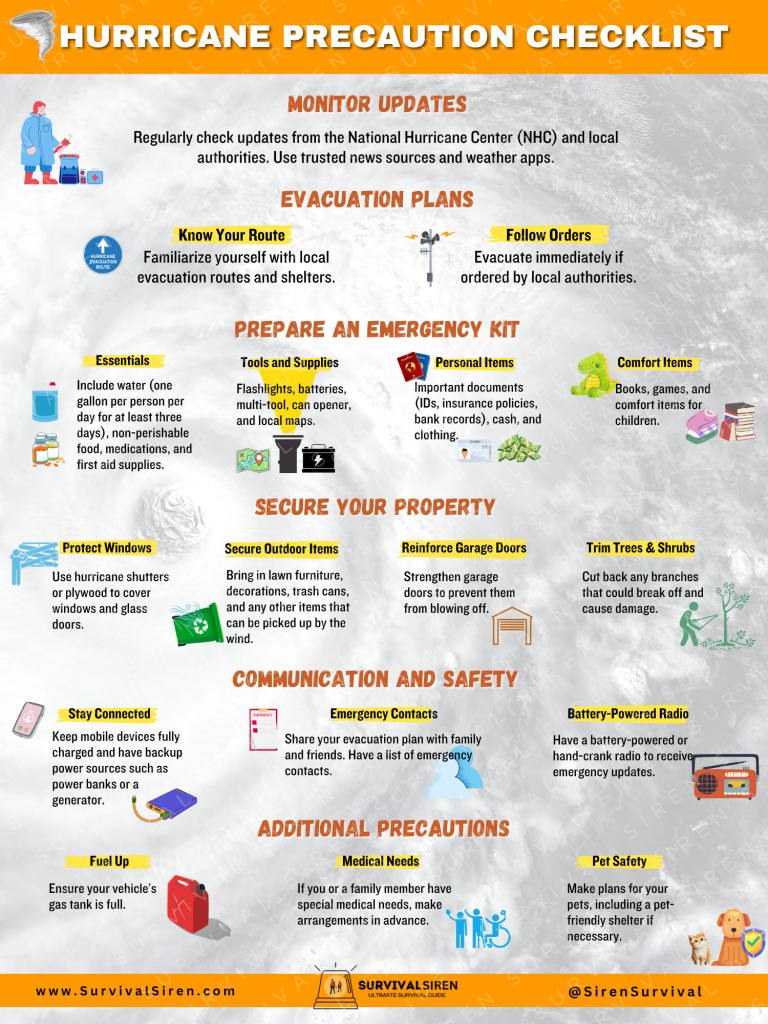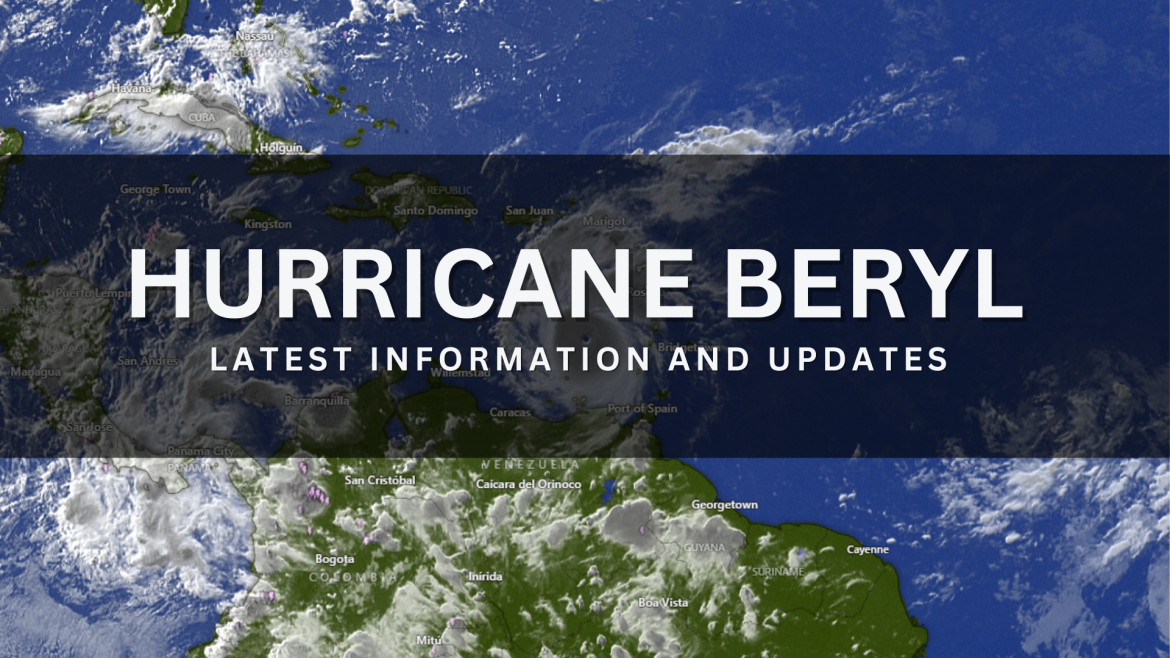Hurricane Beryl has emerged as one of the most formidable storms of the 2024 Atlantic hurricane season. As the second named storm and first hurricane of the season, Beryl has made headlines due to its early formation and unprecedented strength for a June hurricane. Reaching Category 4 status with sustained winds of 140 mph, Beryl has set a historic benchmark as the strongest June hurricane on record.
This powerful storm has taken a significant toll on the Caribbean, causing widespread concern and prompting urgent preparations across its projected path.
As Beryl continues its journey, the storm’s trajectory has seen it skirting the northern coast of South America, impacting several Caribbean islands with severe weather conditions. Meteorologists are closely monitoring its progress, with current forecasts predicting that it will weaken as it approaches Mexico. However, the potential for heavy rainfall, flash flooding, and hazardous marine conditions remains high, especially with the influence of a developing Central American Gyre (CAG) complicating the forecast and exacerbating weather conditions in the region.
Hurricane Beryl Makes Landfall in Tobago, Barbados St, Georges and other islands.
The video below shows a montage of amateur footage on Twitter (formerly X), showing the destruction caused by the hurricane as it made landfall over several islands on 1st July 2024.
Early reports indicate that almost 90% of the houses in the Union islands have been destroyed by Hurricane Beryl.
The hurricane is not over, in fact according to the National Hurricane Center, it has become even stronger. Hurricane Beryl is currently heading towards Jamaica and it is expected to hit the coastal areas of Mexico early next week, where it will only get stronger due to higher temperatures.
Hurricane Precaution Guide List
For those directly in the path of Hurricane Beryl, taking detailed precautions is crucial:
1. Stay Informed
- Monitor Updates: Regularly check updates from the National Hurricane Center (NHC) and local authorities. Use trusted news sources and weather apps.
2. Evacuation Plans
- Know Your Route: Familiarize yourself with local evacuation routes and shelters.
- Follow Orders: Evacuate immediately if ordered by local authorities.
3. Prepare an Emergency Kit
- Essentials: Include water (one gallon per person per day for at least three days), non-perishable food, medications, and first aid supplies.
- Tools and Supplies: Flashlights, batteries, multi-tool, can opener, and local maps.
- Personal Items: Important documents (IDs, insurance policies, bank records), cash, and clothing.
- Comfort Items: Books, games, and comfort items for children.
4. Secure Your Property
- Protect Windows: Use hurricane shutters or plywood to cover windows and glass doors.
- Secure Outdoor Items: Bring in lawn furniture, decorations, trash cans, and any other items that can be picked up by the wind.
- Reinforce Garage Doors: Strengthen garage doors to prevent them from blowing off.
- Trim Trees and Shrubs: Cut back any branches that could break off and cause damage.
5. Communication and Safety
- Stay Connected: Keep mobile devices fully charged and have backup power sources such as power banks or a generator.
- Emergency Contacts: Share your evacuation plan with family and friends. Have a list of emergency contacts.
- Battery-Powered Radio: Have a battery-powered or hand-crank radio to receive emergency updates.
6. Additional Precautions
- Fuel Up: Ensure your vehicle’s gas tank is full.
- Medical Needs: If you or a family member have special medical needs, make arrangements in advance.
- Pet Safety: Make plans for your pets, including a pet-friendly shelter if necessary.
During the Hurricane
- Stay Indoors: Remain indoors, away from windows and glass doors.
- Safe Room: Identify a small, windowless, interior room on the lowest level of your home as a safe space.
- Avoid Flooded Areas: Stay away from floodwaters and never drive through them.
By taking these detailed precautions, you can help ensure the safety and well-being of yourself and your loved ones during Hurricane Beryl.
Here is the same list in handout format, you can download and post it on social media channels to make sure everyone knows what to do.

For more information, visit the National Hurricane Center and your local emergency management website.
Do share our post if you liked it. It`ll encourage us to stay on top of news to bring to our readers.



